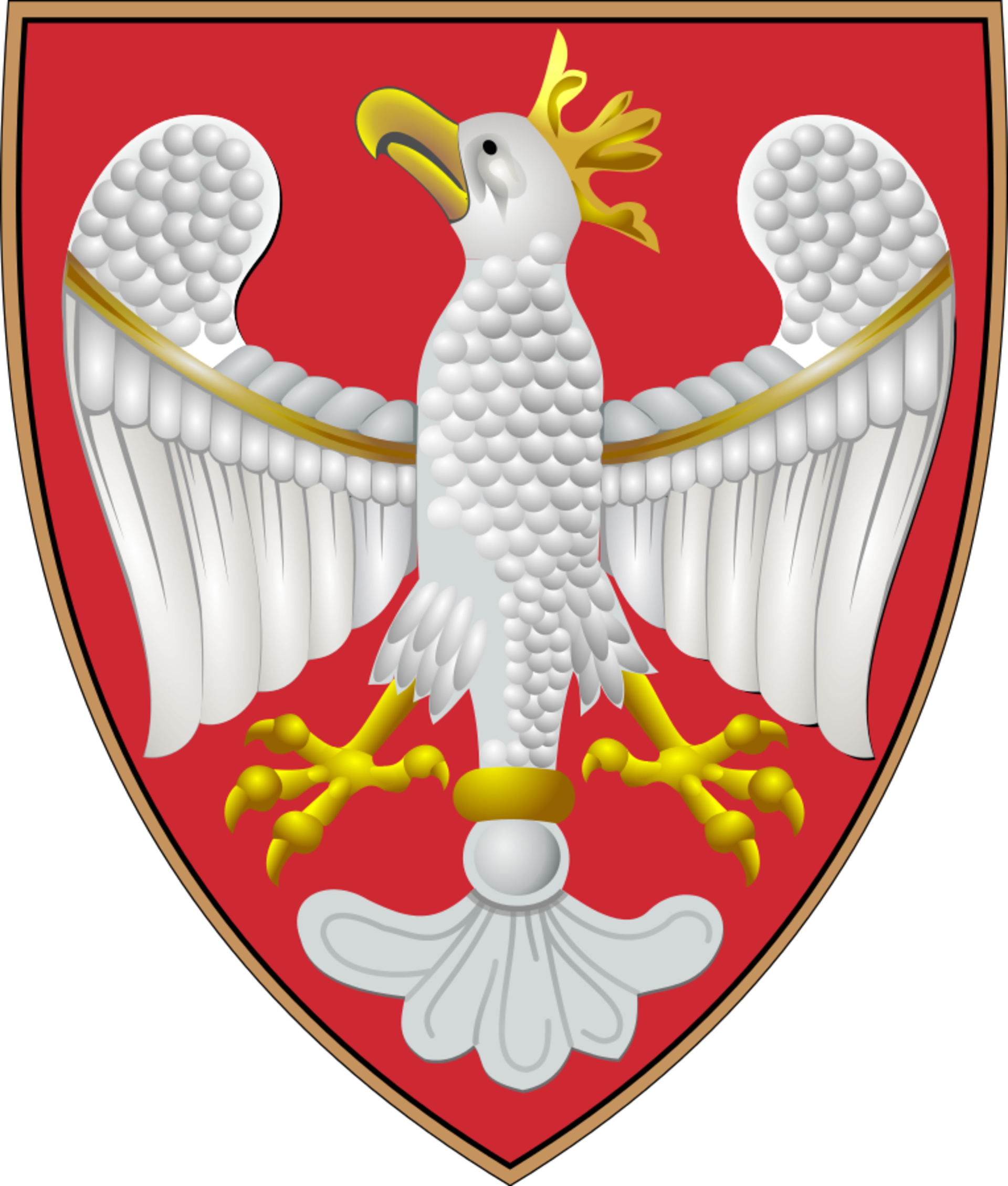Republic of Poland
The foreign policy conditions in post-war Europe - precisely the disappearance of the Russian, Austro-Hungarian and German empires - created environment for the Polish elite in which it - using the Entente force, managed to return to the Polish political map of Europe, though not within the boundaries of why it is possible they belong to it by their own interpretation of historical and ethnic rights.

Coat of arms
Shirt
| Position | First name | Last name | Mjesto rođenja | Like | Dislike | |
|---|---|---|---|---|---|---|
| GK | Lukasz | FABIANSKI | Poznan |
3 |
1 |
|
| GK | Lukasz | SKORUPSKI | Zabrze |
1 |
2 |
|
| GK | Wojciech | SZCZESNY | Warsaw |
19 |
1 |
|
| DC | Bartosz | SALAMON | Poznan |
0 |
2 |
|
| DC | Kamil | GLIK | Jastrzębie Zdrój |
11 |
0 |
|
| DC | Lukasz | SZUKALA | Gdańsk |
0 |
1 |
|
| DC | Michal | PAZDAN | Kraków |
3 |
0 |
|
| DRLC | Artur | JEDRZEJCZYK | Dębica |
0 |
1 |
|
| DRL | Pawel | OLKOWSKI | Ozimek |
1 |
1 |
|
| DRL | Tomasz | KEDZIORA | Sulechów |
1 |
1 |
|
| DR | Artem | FEDETSKY | Novovolynsk |
3 |
2 |
|
| DR | Lukasz | PISZCZEK | Goczałkowice-Zdrój |
14 |
3 |
|
| DC/DMC | Krystian | BIELIK | Konin |
3 |
1 |
|
| DMC | Ariel | BORYSIUK | Biała Podlaska |
1 |
2 |
|
| DMC | Tomasz | JODLOWIEC | Żywiec |
1 |
1 |
|
| DMC/DL | Eugen | POLANSKI | Sosnowiec |
0 |
1 |
|
| MC | Karol | LINETTY | Żnin |
4 |
0 |
|
| MC | Krzysztof | MACZYNSKI | Kraków |
1 |
2 |
|
| MC | Mateusz | KLICH | Tarnow |
1 |
0 |
|
| AMRLC | Arvydas | NOVIKOVAS | Vilnius |
2 |
2 |
|
| AMRLC | Bartosz | KAPUSTKA | Tarnów |
4 |
2 |
|
| AML/DL | Maciej | RYBUS | Łowicz |
4 |
1 |
|
| AMRL/FC | Michal | ZYRO | Warsaw |
0 |
2 |
|
| FC | Lukas | SPALVIS | Vilnius |
4 |
1 |
|
| FC | Lukasz | TEODORCZYK | Żuromin |
3 |
2 |
|
| FC | Mariusz | STEPINSKI | Sieradz |
1 |
0 |
|
| FC | Mikalay | SIGNEVICH | Brest |
0 |
1 |
|
| FC | Robert | LEWANDOWSKI | Warsaw |
21 |
1 |
Today: central, southern and eastern Poland, parts of Lithuania, Belarus and Ukraine
Ever since the division of the Polish-Lithuanian state at the end of the 18th century, the Poles participated in revolutionary struggles and collusion throughout Europe, and themselves undertook several revolts against the Habsburg, Russian and Prussian rulers. With each failure, the Polish national movement became more radical. During this period, the Catholic Church assumed the role of guardian of Polish identity and resistance, both from Protestantism and the cultural camp in Germany, and from Russification and Orthodoxy in Russia. By the time Russia participated in the war against Germany, it was not possible for France and England to support the issue of Poland's independence, and only the outbreak of the October Revolution, that is, the communists' coming to power and Russia's exit from the war, changed the situation. In addition, the Poles were on hand to disintegrate Austria-Hungary and the capitulation of Germany. In this way, in the First World War, all three countries were unexpectedly defeated by the dividers of old Poland, which opened the way for independence for the Poles.
However, claiming the historical rights of the borders of the Polish-Lithuanian Union was not possible due to the formation of national consciousnesses - Lithuanian, Ukrainian, and to some extent Belarusian, and after the victorious military success over the Ukrainians and Soviets, its eastern border was determined on the Dzisna-Korzec-Zbrucz line. Poles made up just under 70% of the total population of the newly established Poland. After the military coup, Marshal Joseph Pilsudski would establish an authoritarian regime (1926-35). He was supported by the army, bureaucracy and landowners, and had a strong anti-German and anti-Russian sentiment, and persecuted fascists and communists alike.
Sources
- Felipe FERNANDEZ-ARMESTO, Narodi Europe, Zagreb, 1997.
- Grupa autora, Povijest: Prvi svjetski rat i poslijeratno doba (1914. - 1936.) , knjiga XVI., Zagreb 2008.
- Michal TYMOWSKI, Kratka povijest Poljske, Zagreb, 1999.
- Grb: https://en.wikipedia.org/wiki/File:Coat_of_Arms_of_the_Polish_Crown.svg
